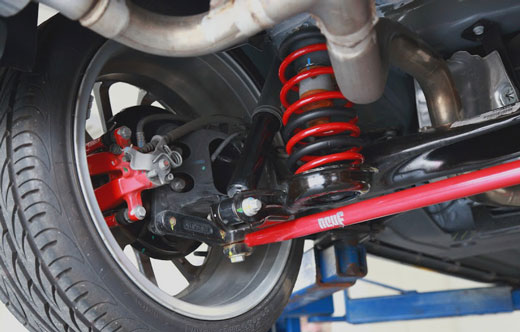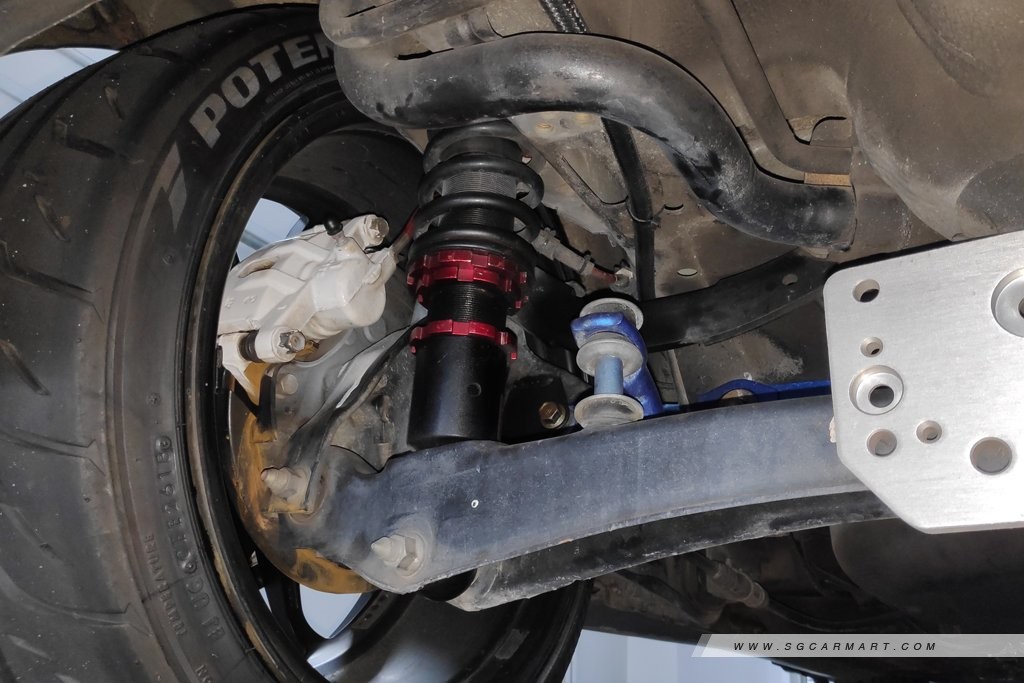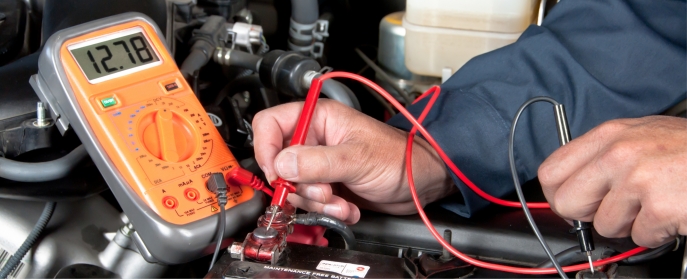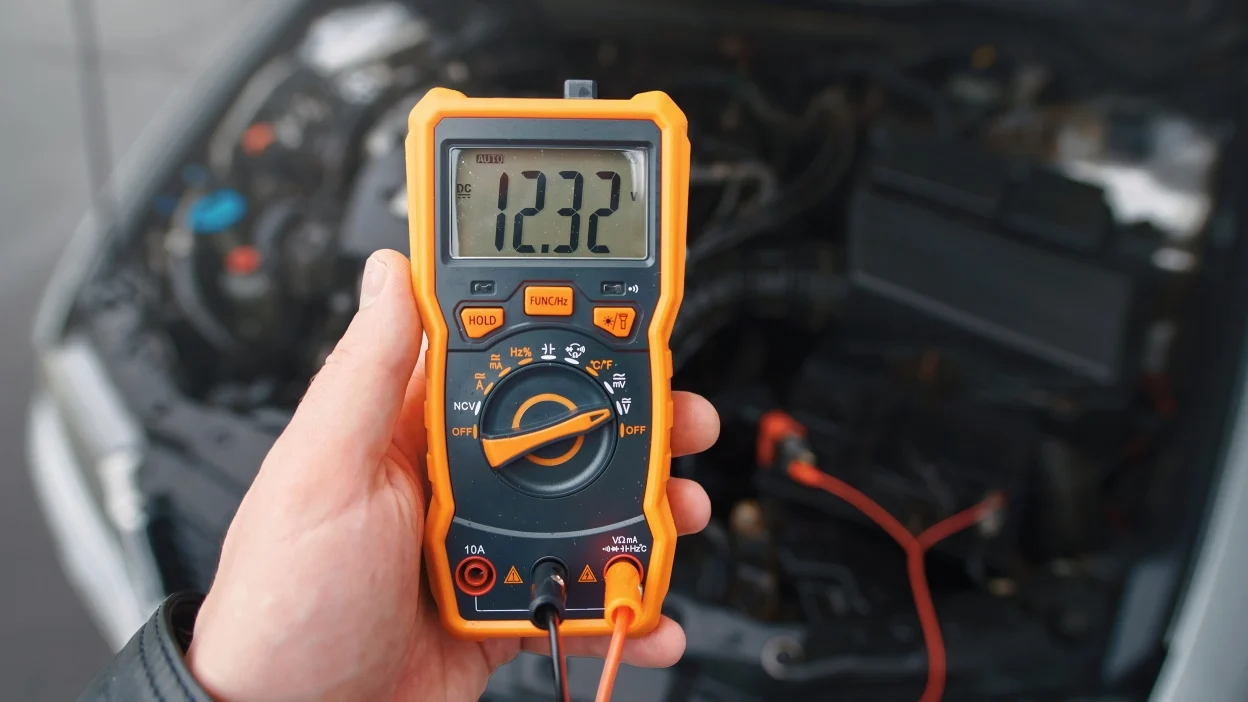Car shock absorbers play a vital role in maintaining a smooth and safe ride. Without properly functioning shock absorbers, your vehicle may feel unstable, leading to a less comfortable and potentially dangerous driving experience. If you’re wondering how to test car shock absorbers, this guide is here to help. Learn why testing your shock absorbers is crucial and discover simple methods to check if they’re in good condition.
Table of Contents
Why It’s Important to Test Car Shock Absorbers
Shock absorbers help absorb impacts from uneven roads, improving your car’s handling and braking performance. Worn-out shock absorbers can lead to:
- Increased stopping distance
- Uneven tire wear
- Reduced vehicle control
- Passenger discomfort
Knowing how to test car shock absorbers regularly can save you money on repairs and keep you safe on the road.
Signs You Need to Test Car Shock Absorbers
Before diving into how to test car shock absorbers, watch out for these warning signs:
- Unusual noises: Clunking sounds when driving over bumps may indicate worn-out shocks.
- Leaking fluid: Oil stains near the shock absorbers suggest they may need replacing.
- Uneven tire wear: Poor shock performance often causes irregular tire patterns.
- Excessive bouncing: If your car bounces excessively after hitting a bump, it’s time for a test.
How to Test Car Shock Absorbers at Home
1. The Bounce Test
One of the easiest ways to check how to test car shock absorbers is by performing a bounce test. Follow these steps:
- Push down firmly on one corner of your car.
- Release and observe how the car reacts.
- If it bounces more than twice before stabilizing, the shock absorbers may be worn out.
2. Inspect for Leaks
Understanding how to test car shock absorbers also involves visual inspection. Look under your vehicle for any oil leaks around the shock absorber area. Leaking fluid is a clear sign of damage.
3. Drive Over Speed Bumps
Drive slowly over a speed bump and pay attention to how your vehicle reacts. A car with good shock absorbers should stabilize quickly. If it feels overly bouncy, your shocks may need testing or replacement.
How to Test Car Shock Absorbers Professionally
While DIY methods are helpful, sometimes it’s best to visit a mechanic to ensure accuracy. A professional will use advanced tools to test the performance of your shock absorbers, offering a more precise diagnosis.

When to Replace Your Shock Absorbers
After learning how to test car shock absorbers, you might discover yours need replacing. Typically, shock absorbers last between 50,000 and 100,000 miles, depending on your driving conditions. Always consult your vehicle’s manual for specific guidelines.
Final Thoughts
Knowing how to test car shock absorbers is a crucial skill for maintaining your vehicle’s safety and comfort. By regularly checking for signs of wear and performing simple tests, you can prevent costly repairs and ensure your car remains roadworthy.
Don’t wait for major issues to arise—test your shock absorbers today and enjoy a smoother, safer ride.
FAQs About How to Test Car Shock Absorbers
1. How often should I test my car’s shock absorbers?
You should check your shock absorbers every 12 months or if you notice performance issues.
2. Can I replace shock absorbers myself?
Yes, but it requires mechanical knowledge and the right tools. Consult a professional if you’re unsure.
3. What happens if I don’t replace worn shock absorbers?
Ignoring damaged shock absorbers can lead to reduced vehicle control, increased tire wear, and safety risks.
By now, you should have a clear understanding of how to test car shock absorbers. Regular checks will keep your vehicle in optimal condition and ensure a comfortable driving experience.
Related Post:
Looking for more ways to keep your suspension in top shape? Check out our guide on how to lubricate a squeaky suspension for easy maintenance tips that can prevent common issues.





Leave a Reply